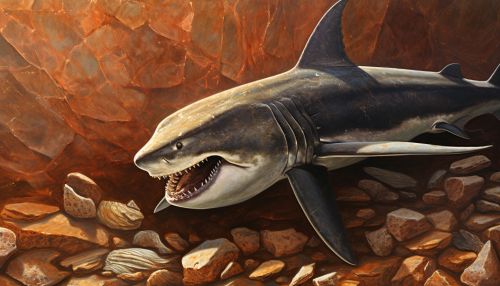Nicolas Steno
Early Life and Education
Nicolas Steno was born on January 11, 1638, in Copenhagen, Denmark. He was the son of a goldsmith, and his early education was conducted at home. In 1656, he enrolled at the University of Copenhagen, where he studied medicine. During his time at the university, Steno developed a keen interest in anatomy, which would later shape his career and contributions to science.


Career and Contributions to Science
Steno's career began in Amsterdam, where he worked with prominent physicians and anatomists. His work primarily focused on the study of the human body, particularly the muscular system and the nature of muscle contraction. His observations and findings were groundbreaking at the time and are still referenced in modern anatomy.
In 1665, Steno made a significant discovery while studying a shark's head. He noticed that the shark's teeth closely resembled certain stones found embedded in rock formations. This led him to propose that these stones, known as fossils, were the remains of ancient organisms. This theory was revolutionary, as it contradicted the prevailing belief that fossils grew within rocks.
Steno's work on fossils and rock layers led to the development of the principles of stratigraphy, a branch of geology that studies rock layers (strata) and layering (stratification). His most significant contribution to this field was the law of superposition, which states that in an undisturbed sequence of rock layers, the oldest layers are at the bottom, and each consecutive layer is younger than the layer beneath it.


Later Life and Legacy
In the later years of his life, Steno turned away from science and devoted himself to his religious beliefs. He was ordained as a Catholic priest in 1675 and later became a bishop. Despite his shift in focus, his scientific contributions continued to be recognized and built upon by future scientists.
Steno's work laid the foundation for the fields of geology and paleontology. His principles of stratigraphy are still used today by geologists to study the Earth's history. In recognition of his contributions, the mineral stenonite, a rare lead sulfate mineral, was named after him.


